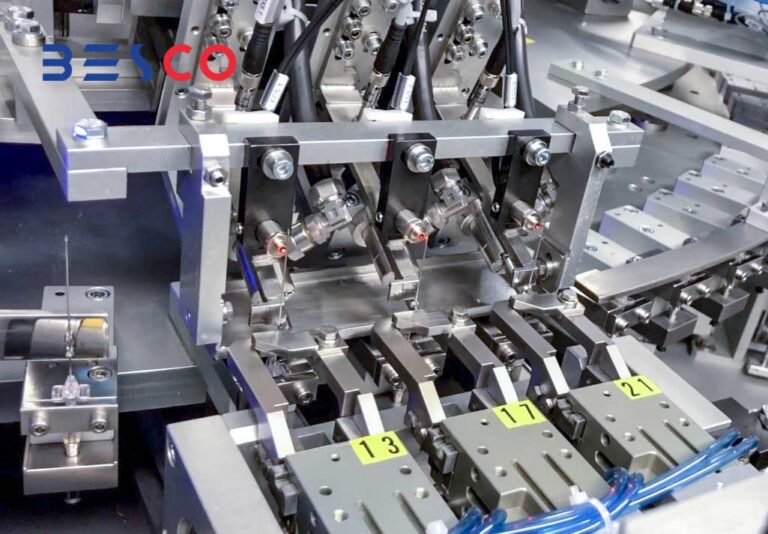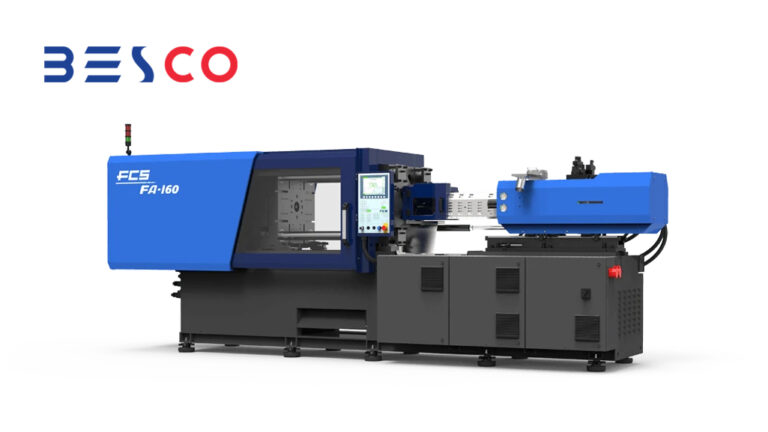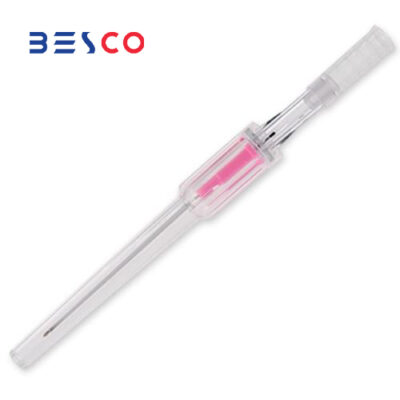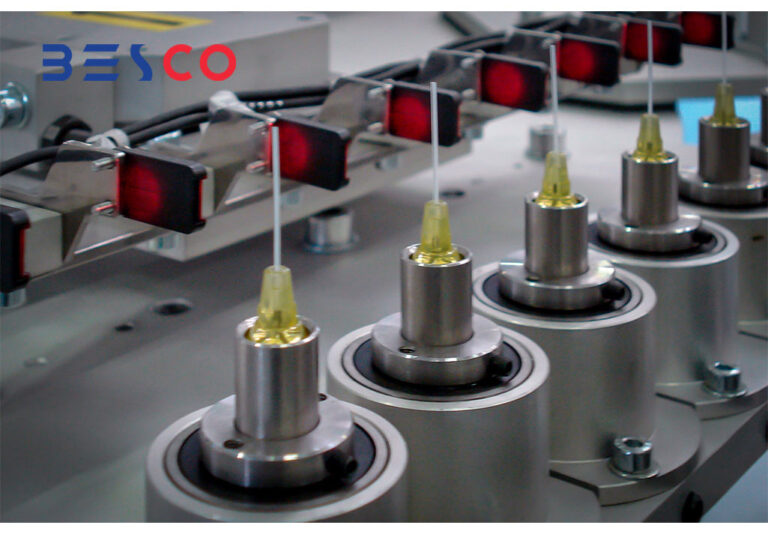Launching an Angiocatheter Production Line | What is an Angiocatheter?
The Angiocatheter Production Line involves the manufacturing process, required machinery, raw materials, and production standards for producing Angiocatheters, which are essential medical devices used for serum injection, drug administration, and blood sampling.

Launching an Angiocatheter Production Line
The production of this product involves several stages, each requiring high precision and quality control:
1. Plastic Injection Molding:
In this stage, plastic materials such as polyethylene and polypropylene are fed into the injection molding machine. These materials are melted at a high temperature and then injected into special molds to form various parts. The molds are typically made of stainless steel for high precision and durability. After injection, the parts are rapidly cooled to retain their final shape. This stage involves the production of the catheter, needle, and other components.
2. Assembly:
After the plastic components are produced, they are transferred to the assembly stage. Here, various parts of the Angiocatheter, such as the catheter, needle, and caps, are assembled together. This process is usually automated using advanced assembly machines to ensure precision and speed. Ultrasonic welding techniques are often used to join the components.
3. Sterilization:
Sterilization is a critical step in the production of Angiocatheter. The manufactured devices must be free of any microbial contamination to ensure their safety for medical use. The two main sterilization methods are:
- Gamma Radiation: The components are exposed to gamma radiation, which destroys microorganisms.
- Ethylene Oxide: The components are placed in a chamber and sterilized using ethylene oxide gas. This method is suitable for heat-sensitive materials.
4. Packaging:
After sterilization, the Angiocatheters must be packaged promptly to prevent contamination. Packaging is usually done in cleanroom environments using automatic packaging machines. The packaging must be strong and resistant to protect the product during transportation and storage.
Required Machinery
To set up a Angiocatheter production line for this product, the following machinery and equipment are necessary:
- Plastic Injection Molding Machine: For producing plastic parts. The selection of an injection molding machine with specific features, such as high precision, suitable speed, and mass production capability, will optimize the production process and reduce manufacturing costs.
- Assembly Machines: For connecting various components together.
- Sterilization Machines: For sterilizing the produced parts.
- Packaging Machines: For packaging the Angiocatheters.
To view and purchase various types of injection molding machines, you can go to the Injection Molding Machine category.

Raw Materials
The raw materials used in the production of this product include the following:
- Polyethylene (PE): Used for producing the catheter.
- Polypropylene (PP): Used for producing other parts.
- Stainless Steel: Used for producing the needle.
Production Standards
The production of this product must comply with both international and national standards to ensure the quality and safety of the product. Some of these standards include:
- ISO 13485: Quality management system standard for medical devices.
- ISO 10993: Standard for the biological evaluation of materials used in medical devices.
- ISO 8536: Standard for infusion and transfer equipment.
Quality Control
Quality control in the production of this product is crucial and includes the following steps:
- Raw Material Inspection: Ensuring the quality of raw materials used.
- Production Process Inspection: Monitoring various production stages to ensure precision and quality.
- Final Testing: Conducting various tests on the manufactured Angiocatheters to ensure their performance and safety.
Launching an Angiocatheter production line, despite the challenges, is an attractive idea due to its widespread use and potential profitability. By using advanced machinery, high-quality raw materials, and adhering to international standards, high-quality products can be produced to meet domestic needs while also enabling export opportunities.

Angiocatheter Manufacturing Process and Importance in Healthcare
Angiocatheters play a crucial role in modern healthcare, serving as vital tools for intravenous (IV) therapy, drug administration, and blood sampling. These medical devices are essential for patient care, allowing healthcare professionals to deliver fluids, medications, and draw blood samples safely and efficiently. Given their widespread use, understanding the Angiocatheter production process is crucial for manufacturers aiming to produce high-quality medical devices. The production process involves several key stages, including plastic injection molding, assembly, sterilization, and packaging, all of which must adhere to stringent quality control standards to ensure the safety and effectiveness of the final product.
To ensure the safety of the final product, Sterilization Machines like those offered by FCS can use Gamma Radiation or Ethylene Oxide Sterilization methods to remove any microbial contaminants, making the devices safe for medical use.
Key Machinery for Angiocatheter Production
The production line for Angiocatheters requires advanced machinery to ensure precision and efficiency. Plastic injection molding machines are used to create the catheter components, utilizing materials such as polyethylene (PE) and polypropylene (PP). These machines inject the melted plastic into molds, which are then cooled to form the parts. Once the components are produced, assembly machines are used to connect and secure various parts of the Angiocatheter, including the needle, catheter, and protective caps. Sterilization is a critical stage, achieved through gamma radiation or ethylene oxide sterilization. Finally, packaging machines ensure the devices are securely packaged and sterilized to prevent contamination during transportation and storage.

Profitable Potential of Angiocatheter Manufacturing
Launching an Angiocatheter production line offers manufacturers a profitable business opportunity in the growing medical device market. By focusing on quality, adhering to industry standards, and investing in advanced machinery and materials, businesses can produce Angiocatheters that meet both domestic and international needs. With careful attention to every stage of the production process, manufacturers can deliver products that enhance patient care, making the venture a valuable investment in the healthcare sector.
